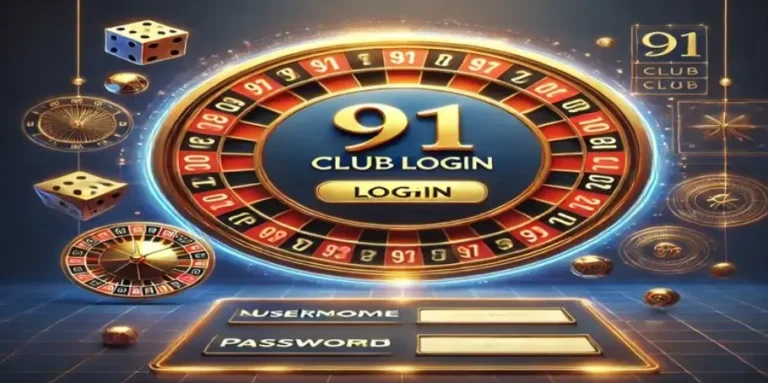The Most Popular Arcade Games and Why They Captivate Players
Arcades have a unique way of drawing people in. The flashing lights, the upbeat music, and the familiar hum of machines create an atmosphere unlike any other. For decades, players of all ages have been captivated by arcade games, from simple classics to modern, high-tech experiences. Many arcade owners even choose to buy claw machines in bulk to attract more players, offering a mix of excitement and the thrill of winning prizes. But what makes these games so appealing, and why do they continue to hold a special place in entertainment?
The Classics: Timeless Appeal
Certain arcade games have stood the test of time. Titles like Pac-Man, Street Fighter, and Donkey Kong remain instantly recognizable and continue to attract new generations of players. These games often feature straightforward gameplay with clear objectives, allowing players to quickly understand what’s expected and jump right in.
Take Pac-Man, for example. The simple yet challenging concept of navigating a maze while avoiding ghosts creates an addictive cycle of trial, error, and reward. The combination of increasing difficulty and the satisfaction of mastering each level keeps players coming back, whether they’re chasing high scores or competing with friends.
Street Fighter, on the other hand, thrives on competition. Its strategic combat system, diverse roster of characters, and flashy combos create a sense of mastery that players are eager to pursue. The thrill of landing the perfect combo or winning a close match gives a rush that’s hard to replicate elsewhere.
Modern Favorites: Skill, Strategy, and Spectacle
Today’s arcade games are more complex and immersive than ever. From racing simulators to rhythm-based challenges, modern machines provide engaging experiences that rely on skill, timing, and strategy. Titles like Dance Dance Revolution, Mario Kart Arcade GP, and Time Crisis have players physically and mentally involved in ways older games never could.
The allure of these games often comes from their interactive design. Racing games, for instance, put players behind a realistic steering wheel, making every twist and turn feel personal. Rhythm games require precision, pushing players to improve through practice and repetition. These immersive experiences create a sense of accomplishment that keeps people returning for more.
The Social Factor: Competing and Sharing
Arcades thrive on social interaction. Many popular games encourage players to compete, collaborate, or simply show off their skills. Multiplayer machines, cooperative challenges, and even leaderboard systems make the arcade experience as much about social connection as gameplay itself. Players enjoy not just the game but also the recognition from peers, whether it’s beating a high score or demonstrating expert skill.
This social dimension also extends to more casual attractions. Games that let friends take turns or spectate, such as shooting galleries or claw machines, add a communal energy to the environment. In fact, businesses looking to stock their arcades often look to buy claw machines in bulk, recognizing how these games attract attention and generate steady foot traffic.
Why We Keep Playing: Psychological Hooks
Arcade games are expertly designed to engage our brains. They leverage psychological principles like reward schedules, increasing difficulty, and instant feedback to keep players hooked. Each win or progression, no matter how small, releases dopamine, creating a satisfying feedback loop that makes players want to try “just one more time.”
Moreover, many arcade games tap into nostalgia. Players returning to the arcade after years away find comfort and excitement in familiar games, often reigniting a passion that started in childhood. The combination of challenge, reward, and nostalgia creates a powerful motivation to keep playing, whether it’s a new title or a classic favorite.
The Future of Arcade Gaming
Arcades continue to evolve, integrating cutting-edge technology with traditional gameplay. Virtual reality experiences, motion capture systems, and interactive projections are reshaping what arcades can offer. Yet, the core principles remain the same: engaging gameplay, a sense of achievement, and a social atmosphere. These elements ensure that arcade games will continue to captivate players for generations to come.
From retro classics to modern innovations, arcade games remain a vibrant part of entertainment culture. Whether players are mastering Pac-Man mazes, competing in Street Fighter battles, or showing off their timing in rhythm games, the thrill of the arcade remains unmatched. And with businesses investing in games that attract crowds, like claw machines purchased in bulk, the arcade experience is poised to stay alive, dynamic, and exciting for years ahead.
Also Read-






